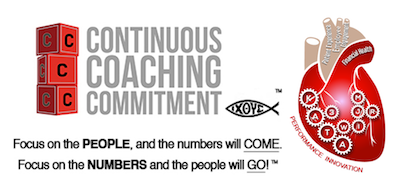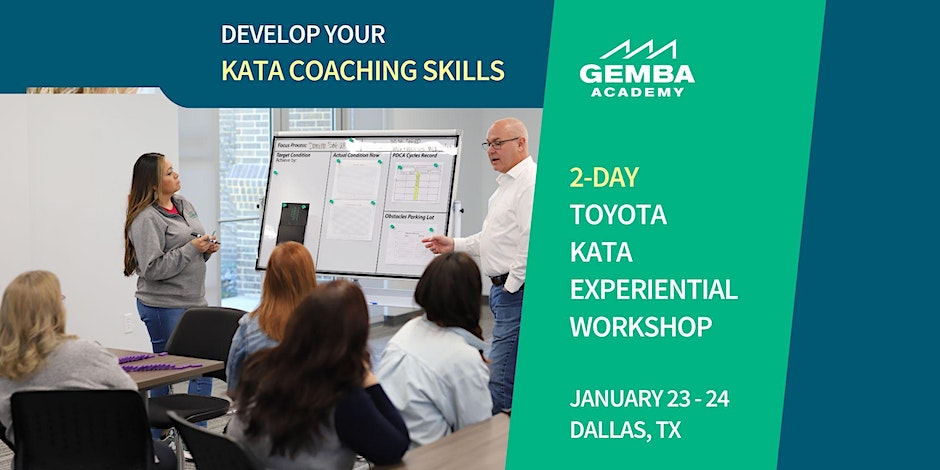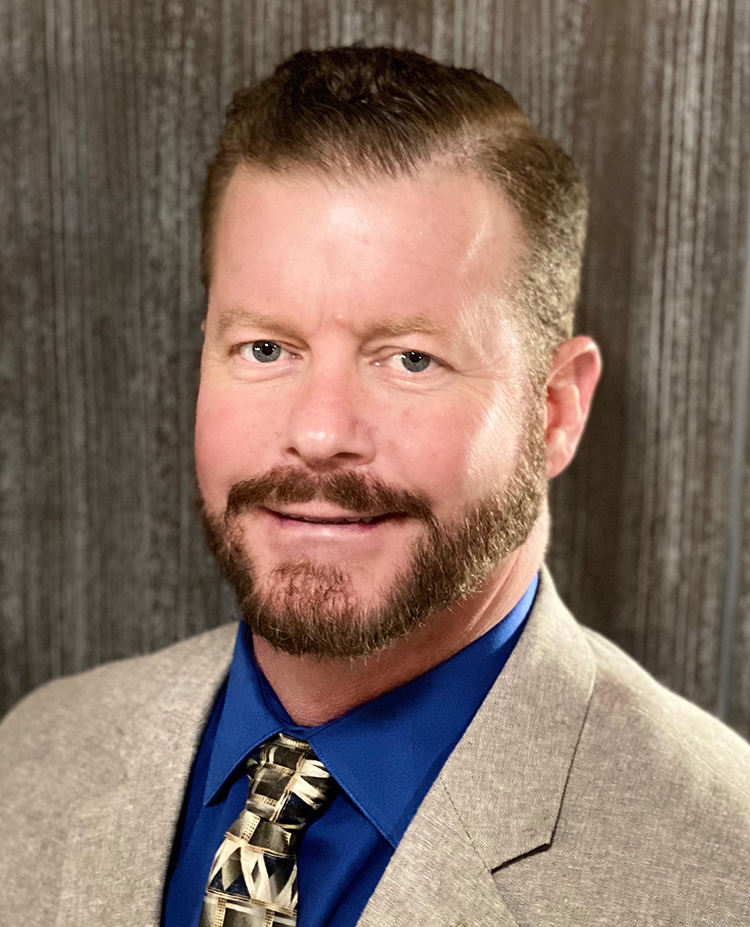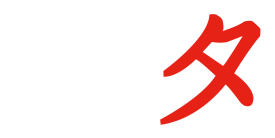In the beginning stages of implementing the Toyota Kata, an organization outlines its goals, communicates its vision and chooses its departmental challenges through value stream mapping and perhaps the Hoshin Kanri. As these steps are completed, the process moves forward by setting target conditions. Your manager or other coach will work to ensure that everyone stays on course and works toward the target condition.
So, how does a coach do this? How do they ensure that everyone on the team is on board? That every team member knows where they currently are, where they need to be and what they must do to get there?
According to Mike Rother’s Toyota Kata, the coach ensures this by asking you, the learner the famous “Five Coaching Kata Questions.”
#1: What is the target condition?
The coach usually begins by attempting to find out if you really know what a target condition means and whether you understand the difference between a target and a target condition. A target is an outcome and often a numerical value obtained through work done well. But a target condition is more about the individual steps in the process. Rather than focusing on the outcome itself, a target condition dwells on the desired condition within the work environment that is needed to produce that outcome.
#2: What is the current condition?
Once you’ve understood the target condition, the coach will then try to find out whether you understand where you stand in respect to the target condition, also known as your current condition. The most important thing about the current condition is that it shouldn’t be based on perceptions alone. Often, people tend to make decisions based on what they “think” is happening, only to be surprised by the actual findings when they go out into the field. To this end, even when data is readily available, you should always define your current condition based on the realities on the ground.
#3: What barriers are preventing you from reaching the target condition?
Once you fully grasp the target condition and your current condition, the next step is for the coach to attempt to find out where you might be stuck. The coach does this by asking about obstacles you’re facing. Removing the obstacles between the current condition and the target condition creates the means to reach the target condition while keeping the learner within the continuous improvement corridor.
#4: What is your next step?
After an obstacle is identified, the coach will try to find out how you intend to remove it. Rother recommends that coaches help learners through this step by first attempting to understand how the learner is currently thinking, defining how they want you to think and then evaluating whether a course adjustment would be necessary.
#5: When can we go and see what we learned from the last step?
A common variation of this question is: “What did you learn from taking your last step?” with the intention being to find out whether the action taken in the last step was helpful in moving the learner closer to the target condition. Expect the coach to use open-ended questions to help you fully understand the knowledge gained from the last step.
The 5 Questions Are Invaluable to Improvement Kata Implementation
Both the learner and coach benefit a great deal from knowing exactly what questions will be asked. Additionally, the cadence of the five questions sets a pattern that makes the conversation between the coach and learner crisp and efficient, resulting in rapid iterations of PDCA and testing.









No comments yet.